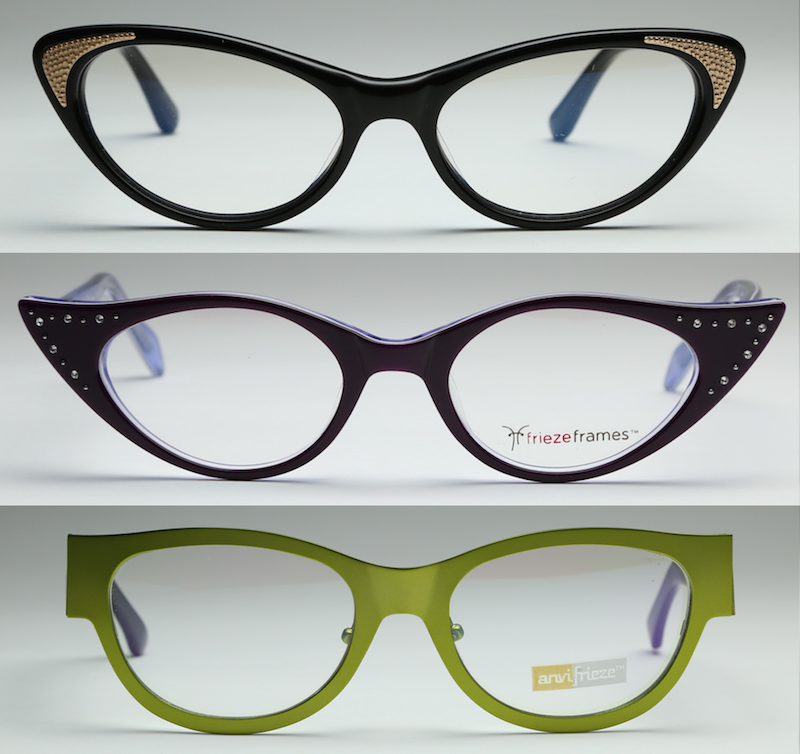Rochester Eye Center Blog Insights
Clearly Better
Popular Posts
6 Signs It's Time For New Glasses
by The Rochester Eye & Laser Team on Jul 27, 2023 3:54:32 PM
New Cataract Lens Technology
by The Rochester Eye & Laser Team on Jul 3, 2023 10:36:00 AM
If you've ever been unsatisfied with your vision after cataract surgery, you're not alone. That's why the Light Adjustable Lens was created - the first Intraocular Lens (IOL) that allows for customized vision after surgery. Thanks to this groundbreaking technology, Dr. Lindahl can now adjust your vision to your liking after surgery.
What If My Vision Changes After LASIK?
by The Rochester Eye & Laser Team on Jun 8, 2023 1:55:45 PM
First of all, it's important to understand that LASIK is a surgical procedure, and like any surgery, there are risks involved. While LASIK has a high success rate, there is always a chance that your vision may not be perfect after the procedure. In some cases, your vision may even get worse over time.






